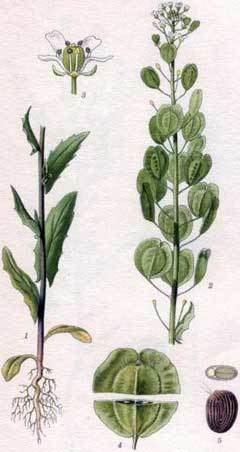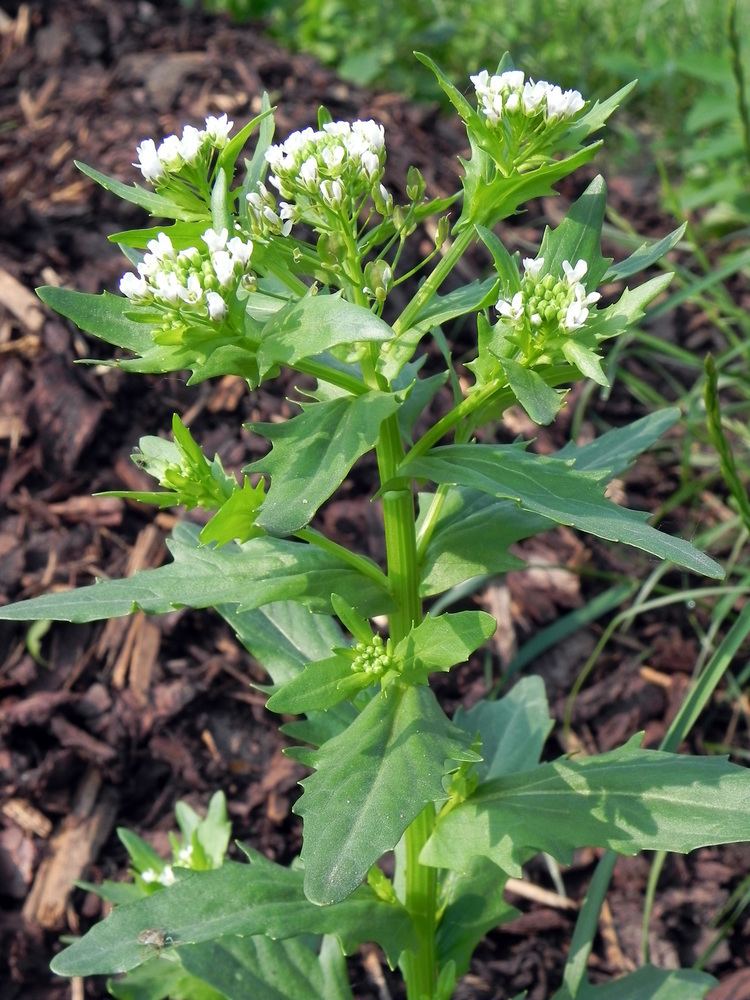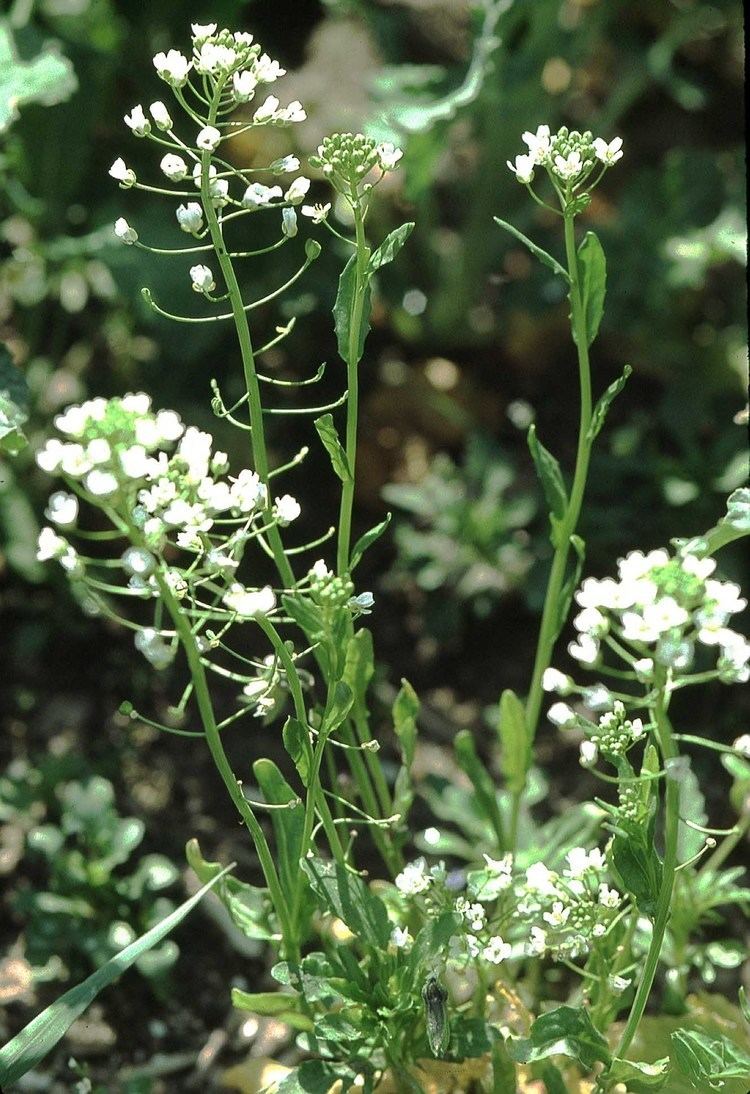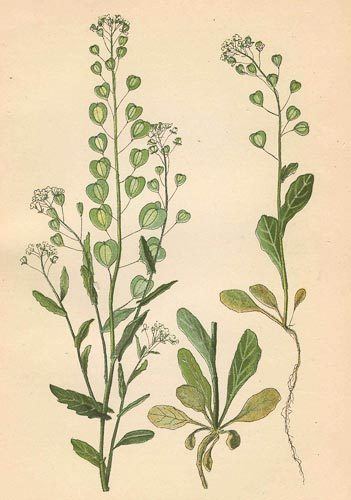Rank Species | Genus Thlaspi Higher classification Thlaspi | |
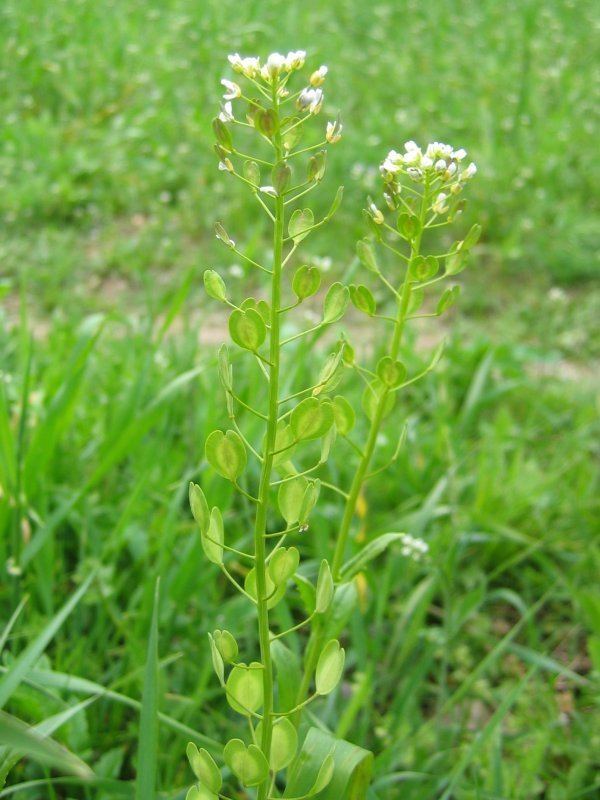 | ||
Similar Thlaspi, Sinapis arvensis, Viola arvensis, Cleavers, Raphanus raphanistrum | ||
Filed penny cress thlaspi arvense 2014 05 30
Thlaspi arvense, known by the common name field pennycress, is a flowering plant in the cabbage family Brassicaceae.
Contents
- Filed penny cress thlaspi arvense 2014 05 30
- Thlaspi arvense field pennycress pt 2 of 2
- Description
- Distribution
- Ecology
- Edible uses
- Use as a source of biodiesel
- Research
- References
Thlaspi arvense field pennycress pt 2 of 2
Description
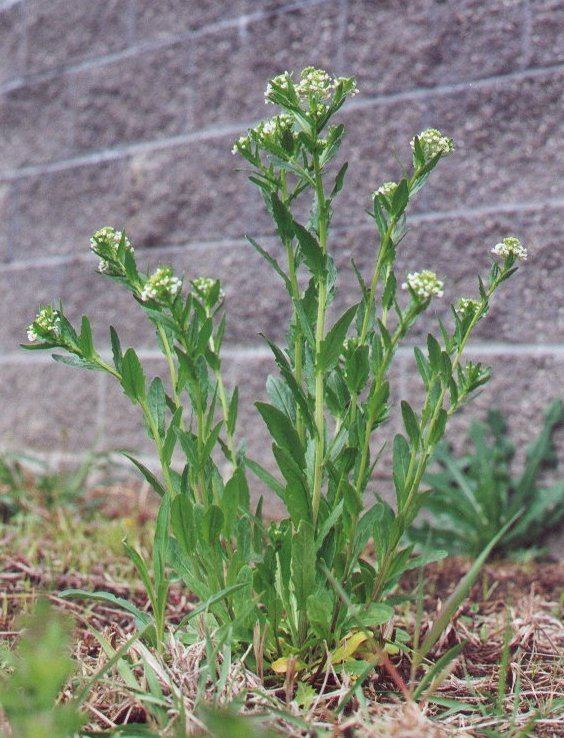
A foetid, hairless annual plant plant up to 60 cm having round, flat, winged pods with a deep apical notch.
Distribution
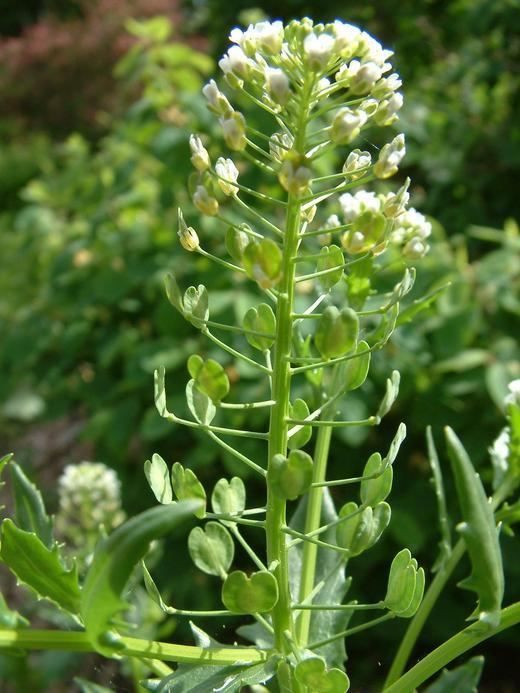
It is native to temperate regions of Eurasia, but is a naturalized introduced species throughout temperate North America and therefore has a circumpolar distribution. In the British Isles it is regarded as an archaeophyte (an ancient introduction).
Ecology
Field pennycress is a weed of cultivated and wasteland.
Edible uses

The field pennycress has a bitter taste; it is usually parboiled to remove the bitter taste. This is mostly used in salads, sometimes in sandwich spreads. It is said to have a distinctive flavour.
Use as a source of biodiesel
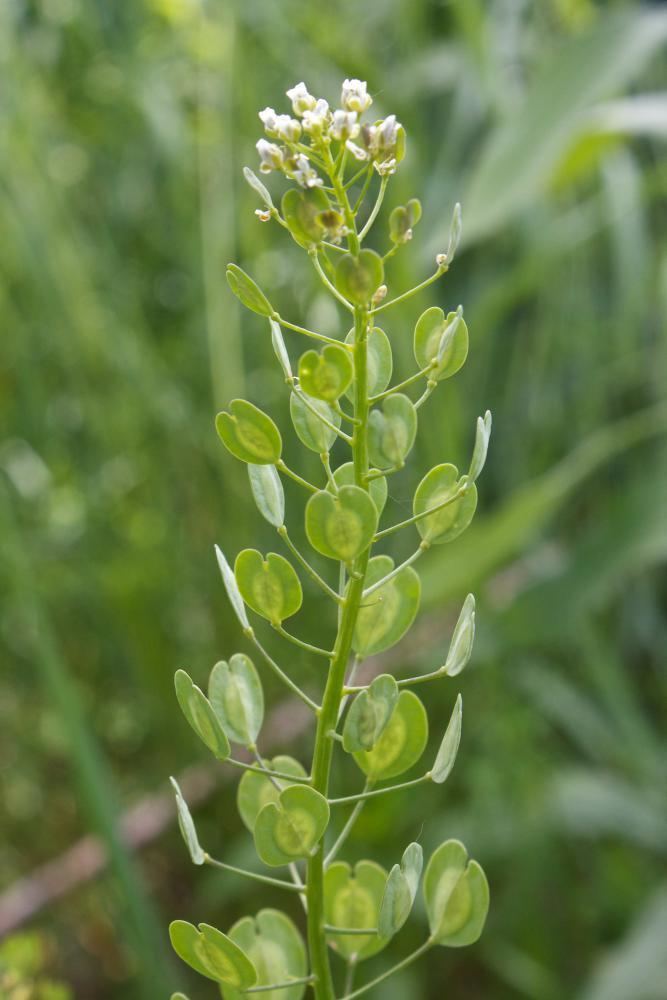
Pennycress is being developed as an oilseed crop for production of renewable fuels. The species can be planted in the fall, will germinate and form a vegetative mass which can overwinter. In the spring, the oil-rich seed can be harvested and used as a biodiesel feedstock.
Research
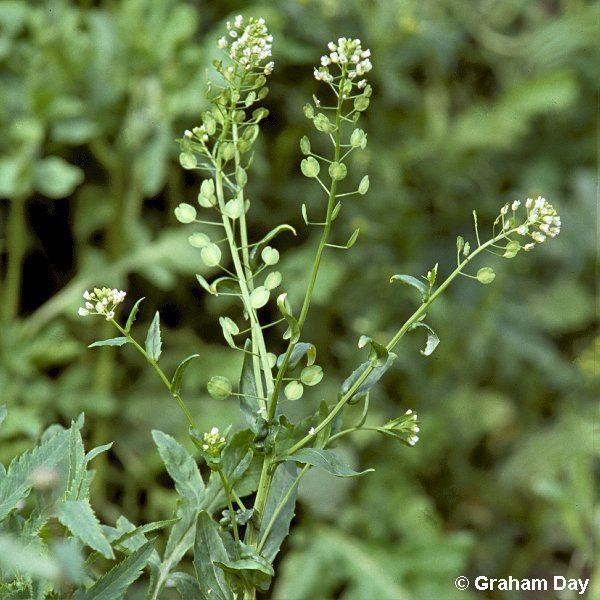
Pennycress is related to the model plant species Arabidopsis thaliana. Researchers have begun studying the genetics of pennycress in order to improve its potential use as a biofuel crop. For example, the transcriptome of pennycress has been sequenced.
